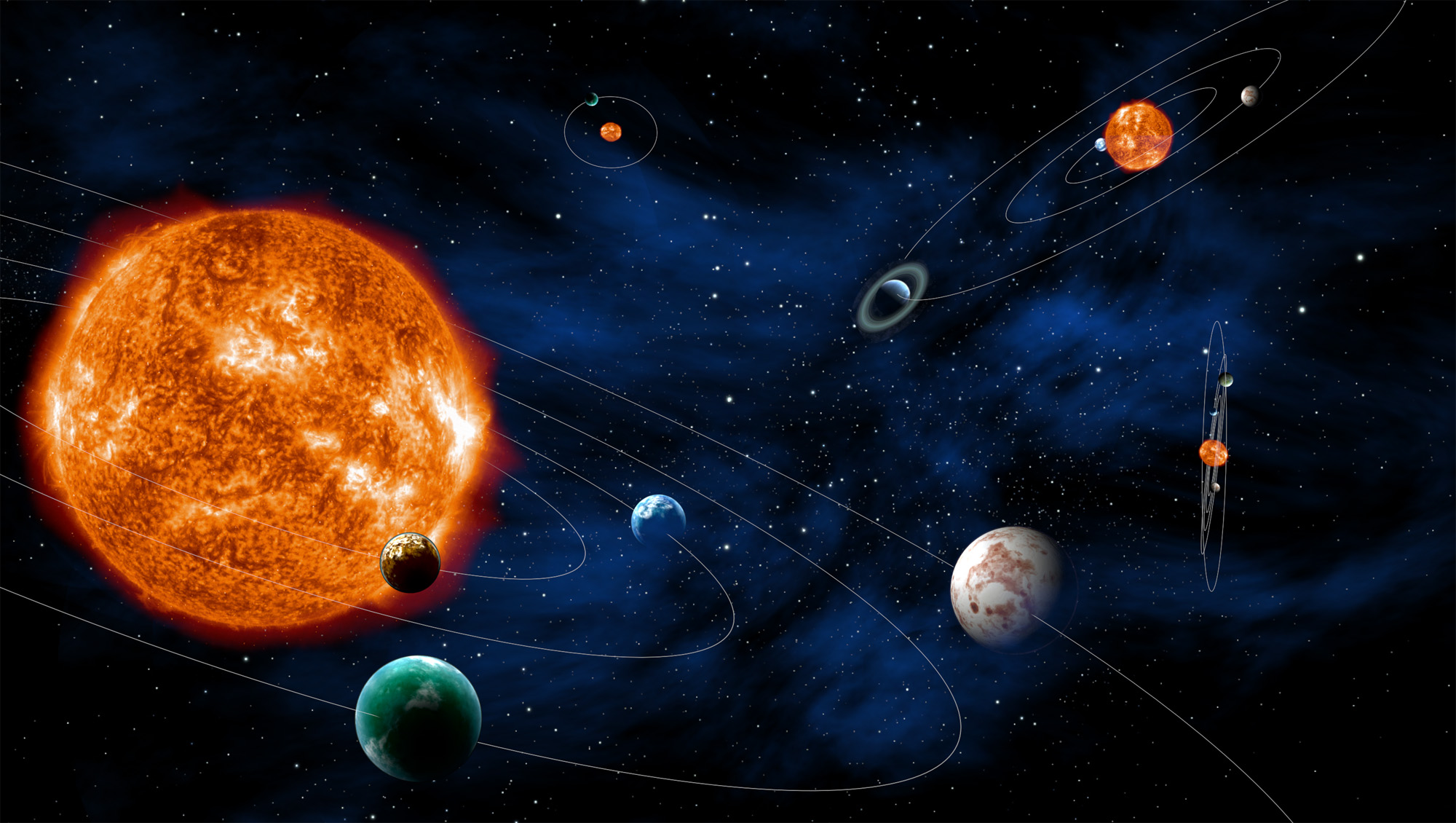Scientists Reveal Evidence of A Bizarre New Planet Bigger Than Earth
The solar system appears to have a new ninth planet. Today, two scientists announced evidence that a body nearly the size of Neptune—but as yet unseen—orbits the sun every 15,000 years. During the solar system’s infancy 4.5 billion years ago, they say, the giant planet was knocked out of the planet-forming region near the sun. Slowed down by gas, the planet settled into a distant elliptical orbit, where it still lurks today.
The claim is the strongest yet in the centuries-long search for a “Planet X” beyond Neptune. The quest has been plagued by far-fetched claims and even outright quackery. But the new evidence comes from a pair of respected planetary scientists, Konstantin Batygin and Mike Brown of the California Institute of Technology (Caltech) in Pasadena, who prepared for the inevitable skepticism with detailed analyses of the orbits of other distant objects and months of computer simulations.
“If you say, ‘We have evidence for Planet X,’ almost any astronomer will say, ‘This again? These guys are clearly crazy.’ I would, too,” Brown says. “Why is this different? This is different because this time we’re right.”
Planet Nine Wields Huge Influence
The six most distant known objects in the solar system with orbits exclusively beyond Neptune (magenta) all mysteriously line up in a single direction. Moreover, when viewed in 3-D, the orbits of all these icy little objects are tilted in the same direction, away from the plane of the solar system. “The only way to get these objects to line up in one direction, says Caltech astronomer Mike Brown, “is to have a massive planet lined up in the other direction.” Many scientists are now searching the skies with powerful telescopes, hoping for a faint glimpse of “Planet Nine.





